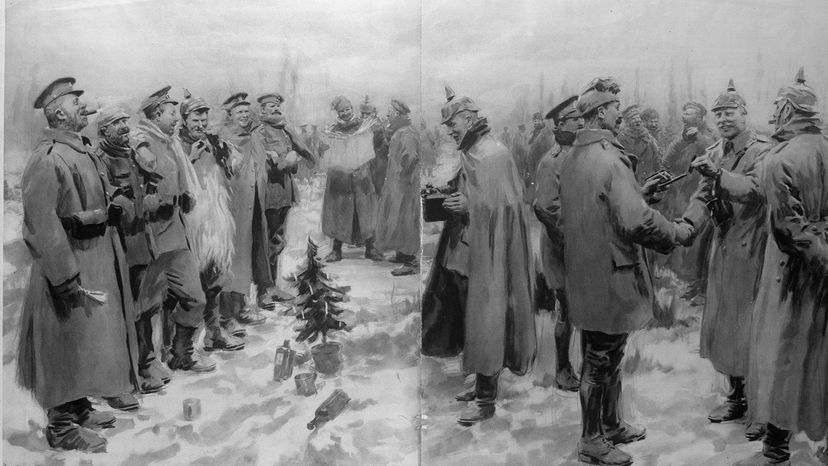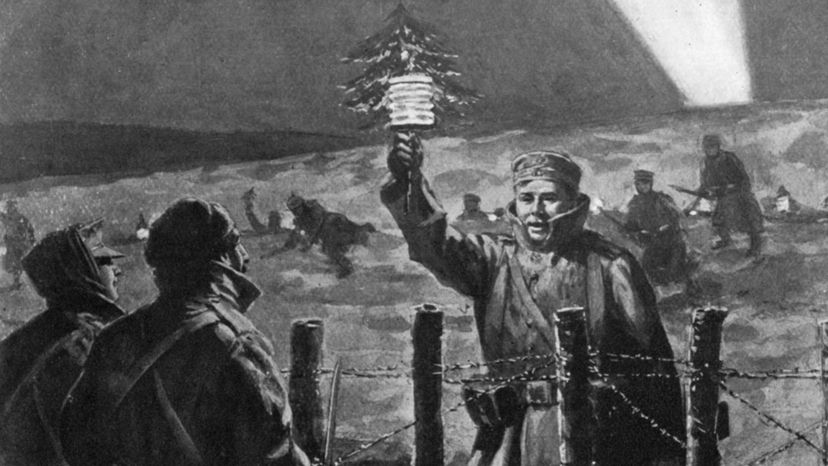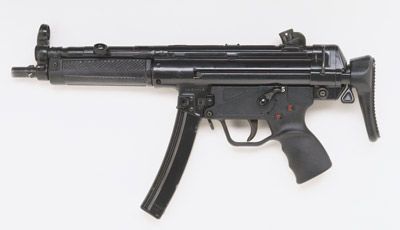
World War I gave the world its first brush with efficient widespread death. More than 8.5 million people would lose their lives to the war. Troops used trench warfare for the first time. The hundreds of miles of trenches that marked the landscape from the English Channel to Switzerland held an astounding average of one soldier for every four inches. Both sides held tenaciously to their positions: The Battle of Verdun lasted nine months, caused 300,000 deaths and resulted in almost no change in the position of the lines [source: PBS].
New technology made its way onto the battlefields of France, Germany and Belgium, bringing death to soldiers in new, horrible ways. Machine guns, which made their debut in the American Civil War, became more efficient over the ensuing decades, and by the early 20th century could deal 600 rounds per minute. Chemical warfare was refined in the form of mustard, chlorine and phosgene gases. Airplanes were used for the first time in major combat, introducing the concept of mass-casualty bombings. The tank and the flamethrower both made their debuts with mixed results.
Advertisement
The casualties of World War I extended to civilians, making "The Great War" a "total war" [source: PBS]. Soldier Joshua Campbell wrote this of a bombardment in the town of Dunkirk, France: "Another day one of them hit a group of children at play in front of the billet where at one time we lodged, and one never knew how many children had been killed, so complete was their annihilation" [source: Campbell]. World War I also brought genocide into the 20th century, as the Ottoman Turks slaughtered more than one million ethnic Armenians.
In the midst of all of this madness, however, an event took place that serves to renew a little faith in humanity. The Christmas Truce was a brief moment of sanity standing out against the chaos of war. Read on to find out what happened.
Advertisement



